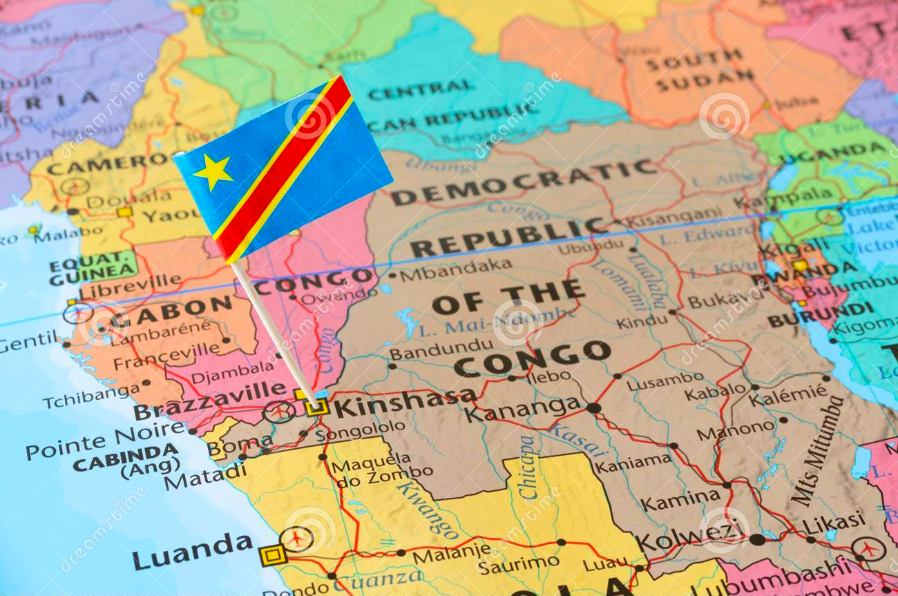by Agnès Peysson-Zeiss

In a globalized world, cross-cultural and intercultural communication skills are essential. Students in L2 classes want to be able to express themselves in the target language while also understanding their interlocutors’ cultural practices and history. As studies have proven, students learn better in context and what better way than participating in a service-learning project in which students translate documents coming out of the Democratic Republic of Congo which will be archived at the Library of Congress.
Traditional translation training had become obsolete in language learning– particularly when it came to the use of artificial sentences to illustrate grammar rules – and conflicted with the language pedagogy goals of the communicative approach, which addresses the learner’s ability to use the language appropriately in a given social encounter.
Recently, however, research has reconsidered the use of translation in language acquisition since it presupposes the use of a multiplicity of skills and proposes that non-literary academic courses are the best environment to learn. Working on translations from a service standpoint with a cultural and human dimension, key components to language pedagogy while keeping in mind the ways in which the field of language for specific purposes (LSP) functions, helps learners bridge the gaps between language and culture.
One student working on our new translation project has said:
“Theory can only teach you so much; it’s through this praxis that I am learning about the actual process of translating. It is much more collaborative than I expected, and the process of going through the translation multiple times to ensure the fluidity of the final draft is most efficient when the three of us are brainstorming together.”
Translated by Tracy Cadet
Agnès Peysson-Zeiss